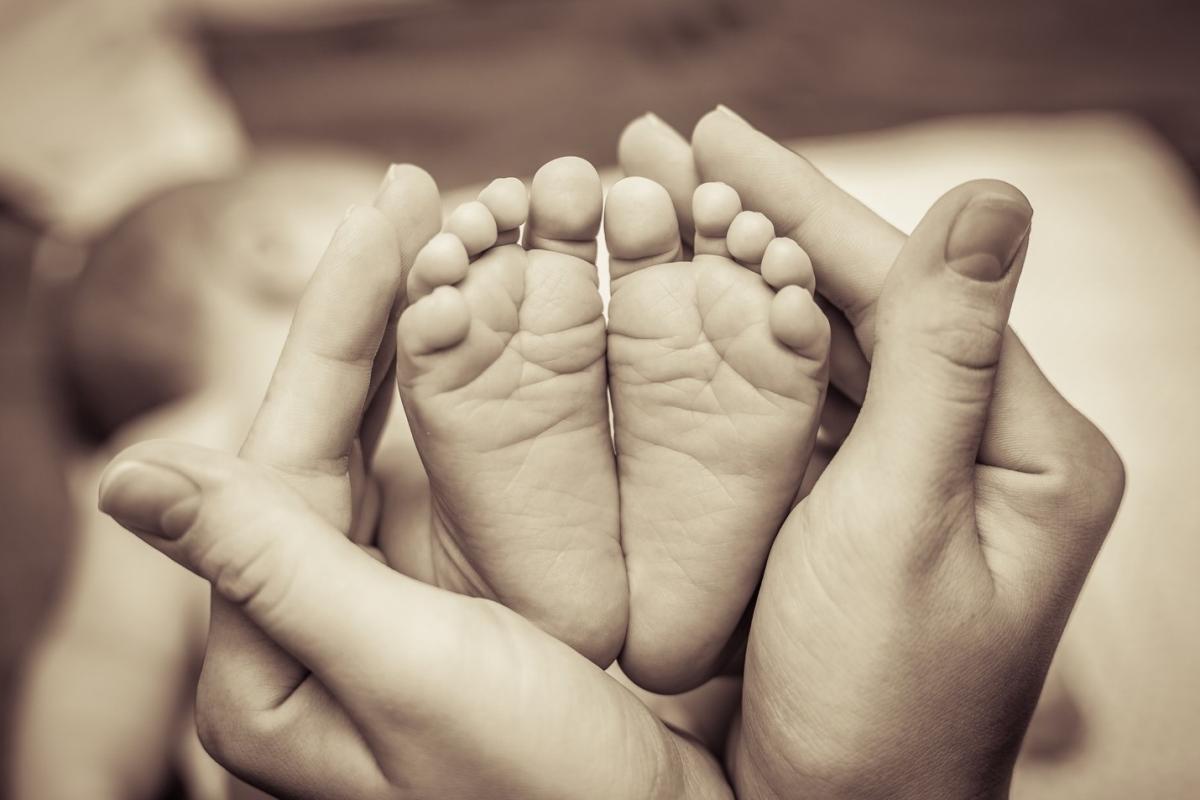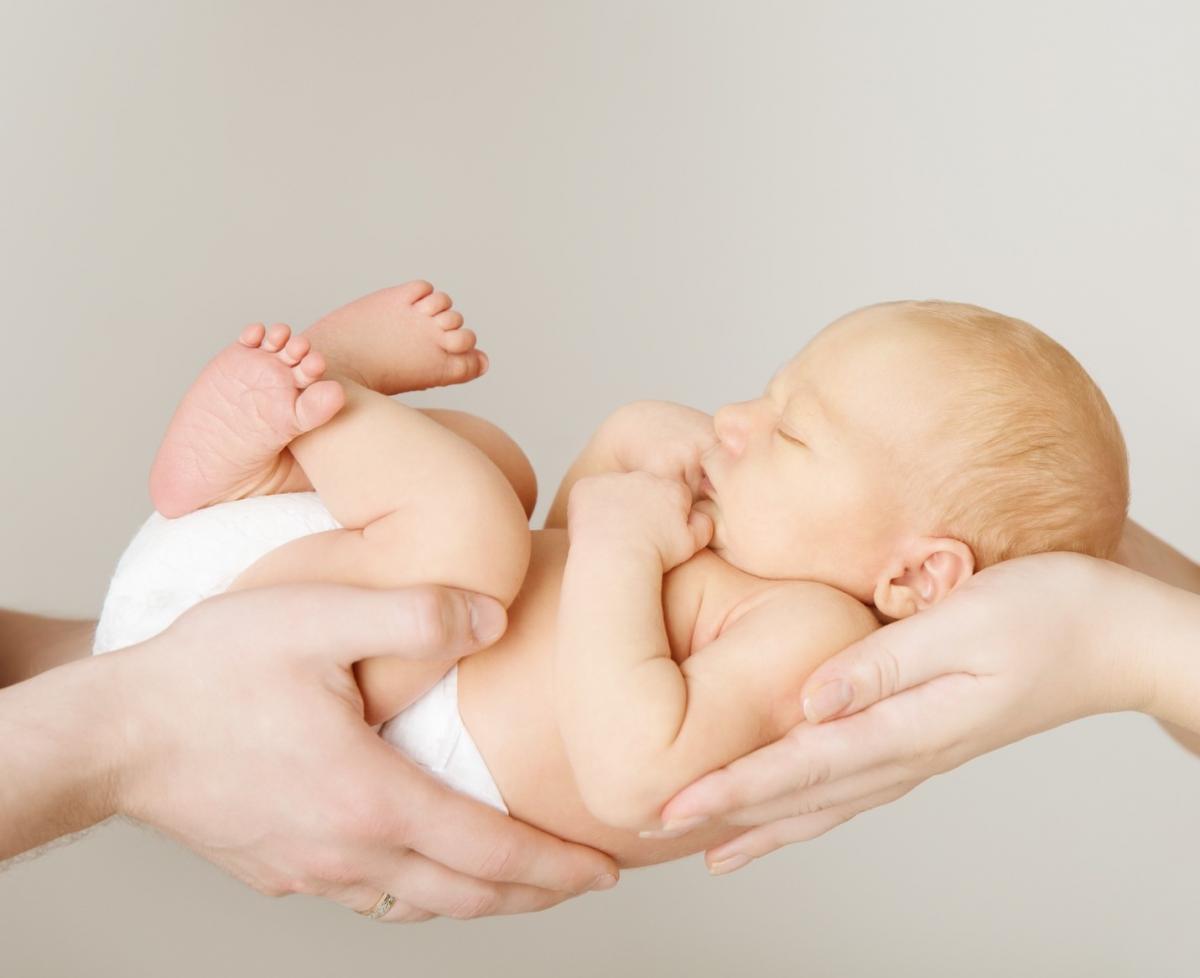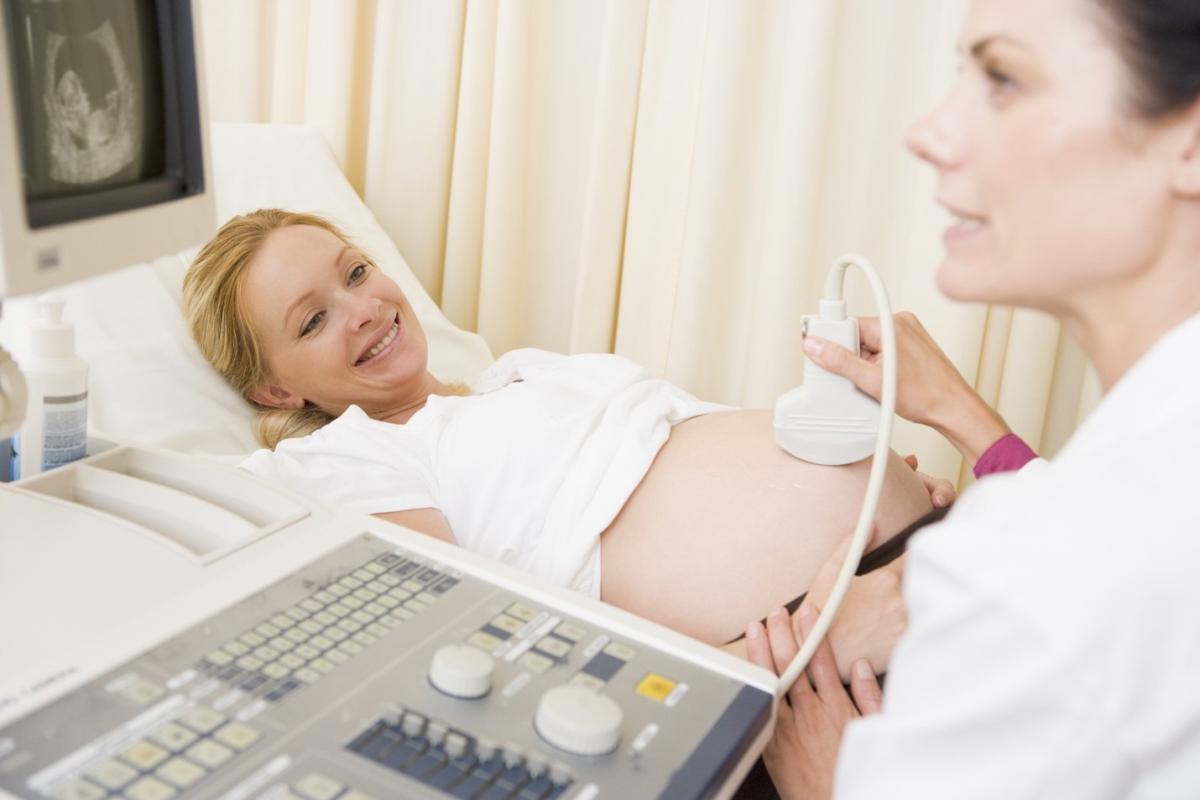
When and Why Are C-Sections Necessary?
Cesarean sections save lives. When obstetricians perform them for medically necessary reasons, they can prevent serious, even fatal complications in both the mother and the baby. That being said, C-sections should never be taken lightly. Like all complicated surgical procedures, they come with serious risks. That’s why every expectant mother should know a bit about C-sections, when they’re necessary, and when they’re best avoided.
What Happens During a C-Section?
Most women deliver their babies through vaginal birth, but they or their doctors can also choose to have the baby via a cesarean section—an alternative delivery process. During a C-section, an obstetrician-gynecologist makes an incision through the abdominal wall and uterus in order to deliver the baby.
Why Would an OB/GYN Perform a C-Section?
Many C-sections are unplanned. They occur in response to unforeseen complications or medical emergencies. Then there are planned C-sections. Sometimes an obstetrician will perform a cesarean section in order to prevent a dangerous situation. In other cases, the mother chooses an alternative to vaginal birth for personal reasons.
Medical Reasons for an Early C-Section
An OB/GYN may schedule a C-section in advance if he or she is worried that the mother and her baby (or babies) are at risk of complications during the birthing process. Reasons for a planned C-section include the following:
- Previous C-Sections or Surgeries: Women who have had certain types of C-sections in the past may face a higher risk of uterine rupture (although the vast majority are able to have a vaginal birth). The same goes for women who have undergone invasive uterine surgery.
- Multiple Babies: Women who are carrying more than one baby (quintuplets, triplets, even twins) may need a C-section, depending on the position of the babies and how far along she is in the pregnancy.
- The Position of the Baby. Doctors often recommend a C-section for breech or transverse births. A baby is in the breech position when it’s ready to come out feet first, instead of head first. If the baby is positioned sideways, with its arm or back facing the vaginal opening, then you have what’s called a transverse birth. In these cases, a C-section is usually the safest option.
- The Position of the Placenta: Sometimes a woman’s placenta hangs low—so low that it covers the cervix. Called placenta previa, this condition can cause bleeding and block the baby’s path during the delivery process, requiring a C-section.
- The Size of the Pelvis: When a mother’s pelvis is too small for a safe delivery, it is known as cephalopelvic disproportion (CPD). The obstetrics and gynecology doctor may recommend a C-section in order to avoid causing trauma to the baby and to the mother.
- The Size of the Baby: Similarly, if the baby is too large for the birth canal, a vaginal birth may not be the best option. This is particularly true when the newborn is significantly larger than average (more than 8 lbs. 13 oz.)—a condition known as macrosomia.
- Birth Defects: If a baby suffers from certain birth defects, such as congenital heart disease, an obstetrician may recommend a cesarean procedure instead of a vaginal birth in order to reduce the risk of complications.
- Chronic Health Conditions: Vaginal births may be difficult on mothers who suffer from chronic health conditions (HIV, diabetes, heart disease, high blood pressure, etc.). A C-section is also recommended if the mother has a transmissible disease such as HIV or genital herpes.
Reasons for an Emergency C-Section
In certain situations, a doctor may need to perform an emergency C-section during the birthing process. The most common reasons for C-sections that are performed to avert dangerous situations include the following:
- Prolonged Labor: When a new mother goes into labor for more than 20 hours, or when a mother who has given birth before goes into labor for more than 14 hours, it’s called “failure to progress” or “stalled labor.” There are many reasons for prolonged labor, but a C-section can prevent a dangerous situation from developing.
- Fetal Distress: When a baby goes into distress (if they’re not receiving enough oxygen or if they suffer from an abnormal heart rate), it may need immediate help in the form of an emergency C-section.
- Cord Prolapse: In some cases, the umbilical cord falls through the cervix before the baby is delivered. As the baby comes out of the vagina, the cord can wrap around its body and cut off the oxygen flow. That may result in complications or even stillbirth.
- Placental Obstruction: An emergency C-section may be required if the placenta begins to separate from the uterine wall, which could lead to oxygen deprivation.
Emergency C-Section Risks
In some cases, cesarean sections may be a safe alternative to a dangerous vaginal birth, but they are not risk-free procedures. Some of the most common and serious risks that accompany a C-section include:
- Blood loss
- Organ damage
- Allergic reaction to anesthesia
- Infections
- Blood clots
Reasons for an Elective C-Section
Most C-sections are performed for medically necessary reasons, but a percentage are elective procedures. That’s because some women want greater control over the birthing process. They want to choose when and how their baby is born.
Every woman has her own reasons for choosing a C-section over a vaginal birth, whether that includes travel plans, a hectic work schedule, or simply a desire to speed the process up. For them, the benefits—reduced anxiety, shorter delivery times, etc.—outweigh the risks. It is true that an elective C-section may lower the risk of:
- Post-birth incontinence
- Post-birth sexual dysfunction
- Oxygen deprivation
- Trauma
That being said, doctors typically advise against elective C-sections, which, although safe, still carry a higher risk of complications than the traditional birthing process. In addition to increasing the likelihood of serious complications, elective procedures may lead to longer hospital stays and the need for additional C-sections in the future if the mother becomes pregnant again.
How Common Are C-Sections?
According to official CDC data,1 C-sections account for 32 percent of all U.S. births—roughly one out of every three. That makes it the most common operating procedure in U.S. hospitals.2 The percentage of C-section births increased steadily between the late-1990s and the early 21st century, to see a slight dip in the second decade of the millennium.
Other countries (Italy, Germany, Brazil) show similar or even higher rates of C-section deliveries. Experts say that number is too high.3 While cesarean deliveries can improve health outcomes when done for medically valid reasons, they create unnecessary risks when done for personal or elective reasons.
The World Health Organization, for example, claims that only 10 to 15 percent of C-sections are medically necessary.3 Exceed that percentage, and a society does more harm than good. The question then becomes when is it necessary? How do you do determine what type of delivery offers the best hope for you and your baby while presenting the fewest risks?
Is a C-Section Right for Me and My Baby?
The only way to answer that question is to consult with an “OB/GYN near me.” At Crystal Run Healthcare, we pride ourselves on developing quality relationships with expectant mothers. Our doctors and nurses will be there with you every step of the way, from early planning to delivery.
way, from early planning to delivery.
Our Women's Health Center, staffed by the most skilled gynecologists and obstetricians, has all the resources you need to make an informed decision. Your doctor will discuss with you the top reasons for C-section and provide personalized recommendations that apply to your situation. Together, we can create a pregnancy plan that ensures the health of both mother and baby.
With many locations , Crystal Run Healthcare’s OB/GYN doctors make it easy to get the best pregnancy care. Crystal Run offers gynecology services at our Middletown, Monroe, Newburgh, Port Jervis, Warwaick, Rock Hill and West Nyack, NY locations.
Sources

 Optum Radiology at Crystal Run Healthcare
Optum Radiology at Crystal Run Healthcare Request medical records online
Request medical records online